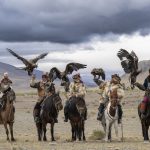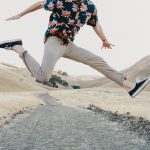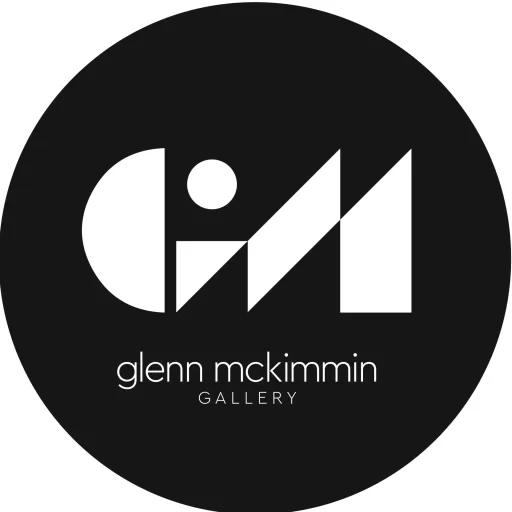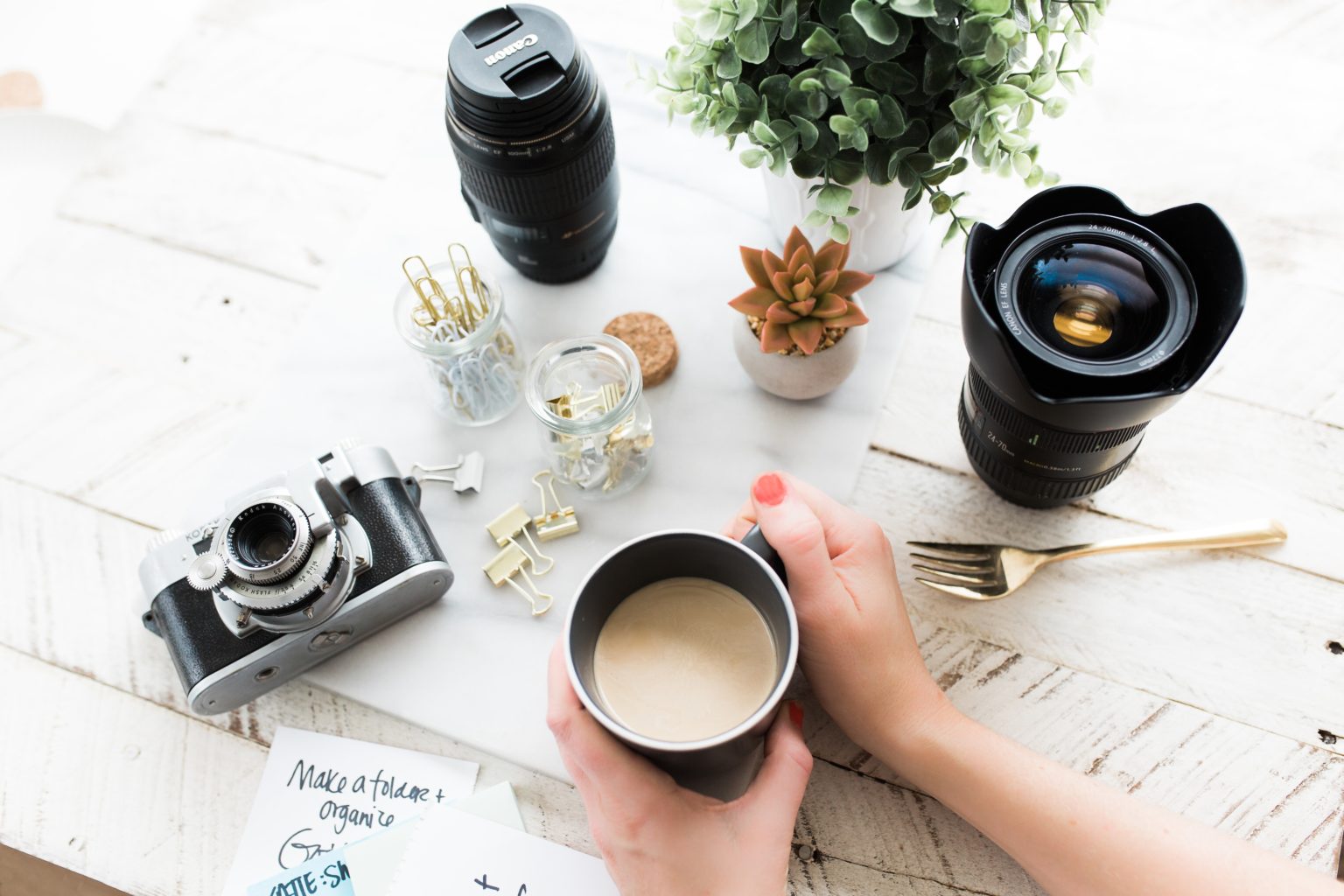Where to see the Northern Lights and how to photograph them
As landscape photography enthusiasts, we all have our bucket list of places that we simply must visit and photograph at some stage of our lives. The ethereal spectacle of the Aurora Borealis, or Northern Lights, are on this list more often than not – but what’s the best time and place to see the Northern Lights? And how can you ensure you capture the stunning photographs you’ve been dreaming of?
To help you make the most of this unforgettable experience, the team at Ted’s Cameras have put together this guide on how to photograph the northern lights, the best cameras for aurora photography, and some key night photography tips to help you when you get there.
What’s the best time and place to see the Northern Lights?
Depending on the time of year and where you’re travelling, the Northern Lights will be visible to a varying degree and with varying frequency. Obviously, this is something that you should research and plan accordingly before jet-setting across the world to avoid tremendous disappointment.
Some of the best places to see the Northern Lights are:
- Iceland – Late August to early April
- Tromsø, Norway – Mid-September to late March
- Northern Sweden – Mid-September to late March
- Lapland, Finland – Mid-September to late March
- Fairbanks, Alaska – Late August to mid-April
- Yellowknife, Canada – Mid-August to late April
There are plenty of guides available online detailing the best times and places to get a clear view of the Northern Lights every year, so make sure you explore your options and plan ahead.

What’s the best camera for the Northern Lights?
We recommend a high-quality mirrorless or DSLR camera for shooting the Aurora Borealis. While Tips For Taking Breathtaking Landscape Photos is a whole extra topic, a camera with manual adjustments will be your best friend for capturing the Northern Lights in all its glory.
To keep things safe from the elements and running correctly, a camera with weather-sealing would be a good choice. The Fujifilm X-T3, for example, is a camera for those that want to go wherever possible. Built from magnesium alloy, the X-T3 provides impressive moisture-resistance and freezeproof performance.
What else should I bring?
As the Northern Lights are visible from various locations, this can differ a bit – but there are a few important things you should remember to pack. Firstly, you should of course be appropriately prepared for the climate. This starts with wearing clothing that will keep you as warm and comfortable as possible. If you’re not comfortable, you won’t enjoy yourself as much, and be less likely to continue shooting.
In terms of photography gear, you also need to be prepared for climatic changes. Some other key things you should pack include:
- Spare batteries – Batteries run out of juice quickly in the cold, so packing a few spares is essential. It’s also a good idea to carry spare batteries close to your body for warmth when not in use.
- A tripod – To best capture the Northern Lights you’ll be using long exposures, so a reliable and sturdy tripod is essential for getting sharp images and preventing your gear from becoming damaged. A remote control can be handy with this technique too, as it permits you to avoid touching the camera and bumping it unnecessarily.
- A wide angle lens – Lens choice is personal and will differ from photographer to photographer but as a general rule, we recommend you pack a wide angle lens for this trip, with a wide angle zoom lens being the most versatile choice. If possible, a wide angle lens with a fast maximum aperture can make your life a little bit easier, by allowing in as much light as possible and preventing you to raise ISO too much, which causes image noise. This should be factored into your night landscape photography camera settings from here on out.

What camera settings are best for photographing the Northern Lights?
Once you’ve got your kit right, it’s time to head to your bucket list destination! Rug up to warm, and follow these camera setting tips for optimum results:
- Shoot in manual mode – This will allow you to access and adjust important settings such as ISO, shutter speed and aperture.
- Select ISO – This setting will vary from situation to situation, but just remember, the higher the setting, the more suited it is to low-light situations – but this can result in grainier or noisier images.
- Shutter Speed – Again, this will vary on the night, but you should be using a slow shutter speed to photograph the Northern Lights. Generally, this will fall anywhere between 5-20 seconds.
- Aperture – If possible, set the aperture on your lens to f2.8 or failing that, as wide as you can set it. Slower apertures will let in less light and will demand a higher ISO setting, while faster apertures can make it tricky for you to focus in such dark conditions.
- Shoot in RAW – If you are confident in post-production, utilise the RAW Image Format of your camera to give yourself the maximum of control in the editing stage.
Final night photography tips:
Practice the art of night photography before you head off on your trip. Understanding your camera settings, as well as the ins and outs of night photography will make it quicker and easier to set up when you are out on your long-awaited shoot.
- Get the focus right -The trickiest part of photographing the Northern Lights and night photography in general is focusing your camera lens. A good place to start is setting your lens to manual focus, looking for the infinity symbol on your lens and using this as a starting point.
- Use a tripod – We touched on this in the recommended gear section but shooting with a tripod and a remote control helps to somewhat eliminate blur from the picture. If compatible you can also look into smartphone apps that can fire the shutter for you, or failing that, utilise the self-timer setting of your camera.
- Check the histogram – After you take a shot review the histogram of your image on the display screen, check your exposure and adjust accordingly for the next shot.
Above all, be in the moment and enjoy the view!
This guide will give you the best shot at capturing the breathtaking beauty of the Northern Lights – but remember that while you’re there, take a step back from the lens, look up at the sky and allow yourself to enjoy the moment of this enchanting natural phenomenon.






